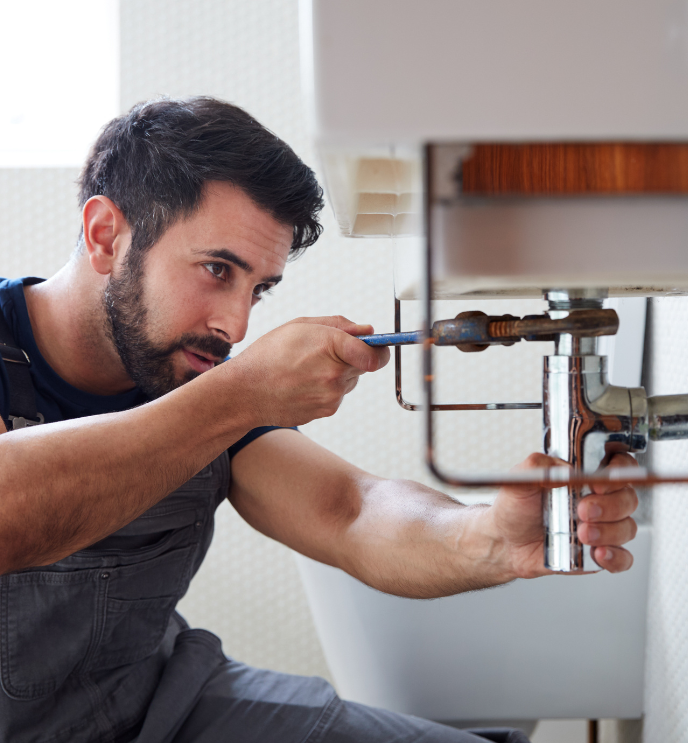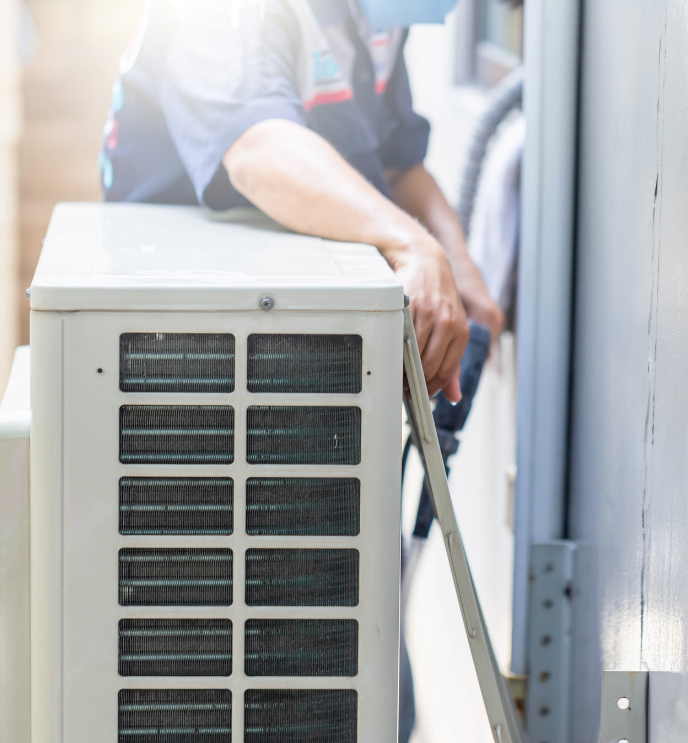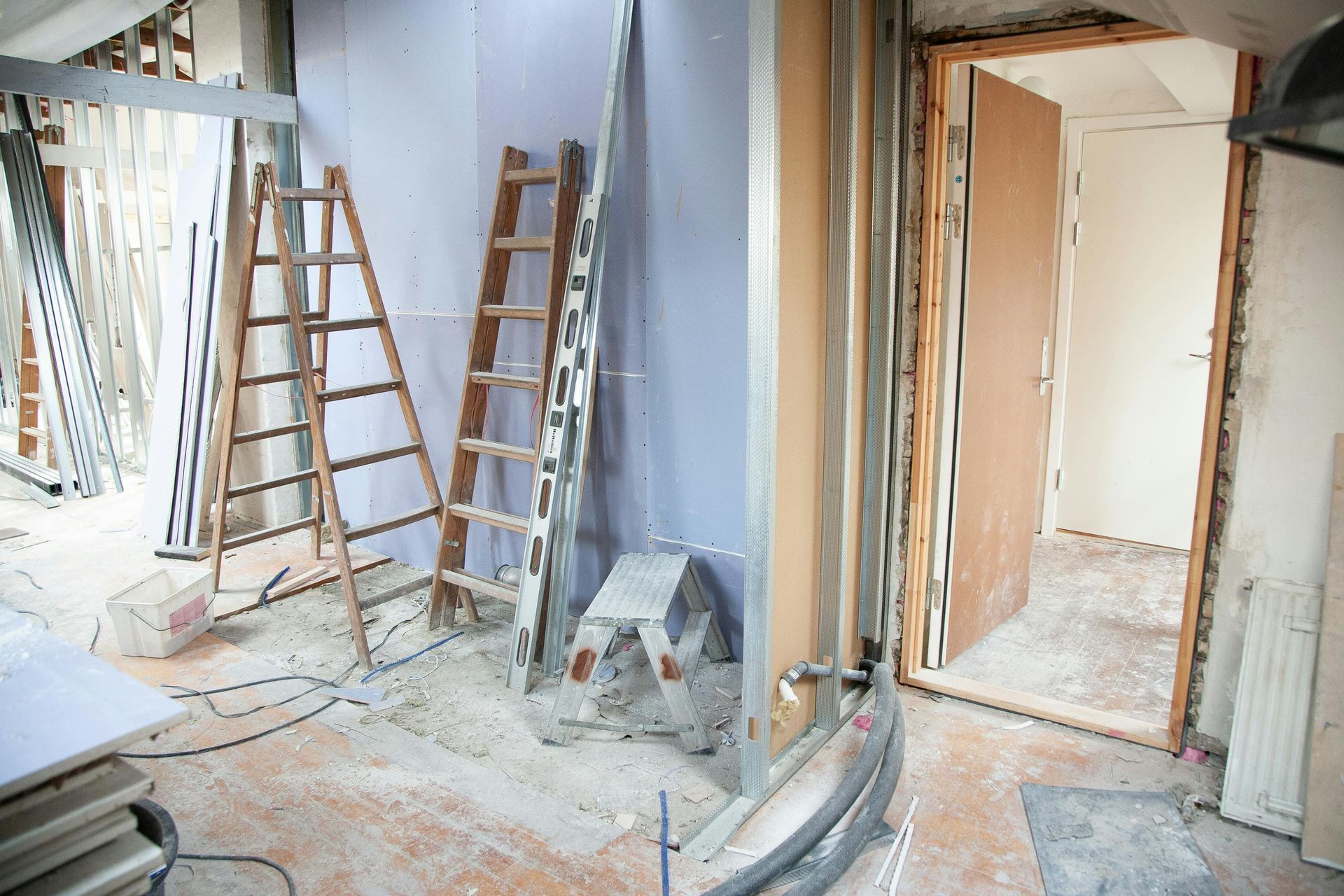Types of Contractors We Serve
Jonathan Behr
Owner of Contractor Insurance Pros by Behr Insurance Services
Index
Contact Us
Phone
Location
Simi Valley, CA 93065
The Woodlands, TX 77382
Katy, TX 77494
The role of an Aircraft HVAC Technician is critical in ensuring the comfort and safety of passengers and crew aboard aircraft. These technicians are responsible for the heating, ventilation, and air conditioning systems within an aircraft, which are essential for maintaining a suitable environment at high altitudes. However, like any profession, the work comes with its own set of risks and challenges. This is where aircraft HVAC technician insurance plays a vital role, providing protection against potential liabilities and unforeseen circumstances.
Understanding the Importance of Insurance
Insurance serves as a safety net for professionals, especially those working in specialized fields like aircraft HVAC. The nature of the job often involves working with complex systems and high-stakes environments, making it imperative to have adequate coverage. In addition to protecting the technician, insurance also safeguards the reputation of the business, ensuring that clients feel secure in the knowledge that their aircraft is being serviced by a responsible and insured professional.
Protection Against Liability
One of the primary reasons for obtaining insurance is to protect against liability claims. If a technician inadvertently causes damage to an aircraft's HVAC system or if a system failure leads to passenger discomfort or safety issues, the technician could be held liable. Liability insurance can cover legal fees, settlements, and other costs associated with such claims, providing peace of mind. Moreover, the aviation industry is heavily regulated, and having the right insurance can help technicians comply with industry standards, making it easier to secure contracts and maintain a good standing with regulatory bodies.
Coverage for Equipment and Tools
Aircraft HVAC technicians rely on specialized tools and equipment to perform their jobs efficiently. These tools can be expensive, and if they are lost, stolen, or damaged, it can lead to significant financial setbacks. Insurance policies can offer coverage for tools and equipment, ensuring that technicians can quickly replace what they need to continue their work without interruption. Additionally, many insurance plans also provide coverage for business interruption, which can be crucial if a technician's operations are halted due to unforeseen circumstances like theft or natural disasters. This aspect of insurance not only protects physical assets but also helps maintain the financial stability of a technician's business during challenging times.
Types of Insurance for Aircraft HVAC Technicians
There are various types of insurance that aircraft HVAC technicians should consider. Each type serves a different purpose and can provide essential coverage tailored to the unique risks associated with the profession.
General Liability Insurance
General liability insurance is a fundamental type of coverage for any technician. It protects against claims of bodily injury, property damage, and personal injury that may occur during the course of work. For instance, if a technician accidentally damages an aircraft while performing maintenance, this insurance can cover the costs associated with repairs and legal fees. Additionally, it can safeguard against incidents that occur off-site, such as damage to a client's property while transporting tools or equipment. This broad coverage is essential in maintaining a technician's reputation and financial stability in the face of unexpected claims.
Professional Liability Insurance
Also known as errors and omissions insurance, professional liability insurance is crucial for technicians who provide specialized services. This type of insurance protects against claims of negligence, errors, or omissions in the performance of professional duties. If a technician's oversight leads to a malfunction that affects the aircraft's HVAC system, this insurance can help cover the costs of legal defense and any settlements. Furthermore, it can be particularly beneficial in an industry where the stakes are high; even a minor mistake can result in significant operational downtime or safety concerns. By having this coverage, technicians can focus on their work with peace of mind, knowing they are protected against potential legal pitfalls.
Workers' Compensation Insurance
Given the physical nature of the job, workers' compensation insurance is essential for aircraft HVAC technicians. This insurance provides coverage for medical expenses and lost wages in the event of work-related injuries or illnesses. Whether it’s a minor injury or a more serious condition, having this coverage ensures that technicians can receive the necessary care without financial strain. Moreover, workers' compensation can also cover rehabilitation costs, which is crucial for technicians who may need extensive therapy to recover from injuries sustained on the job. This type of insurance not only protects the technician but also promotes a safer work environment, as employers are incentivized to implement safety measures to reduce the risk of claims.
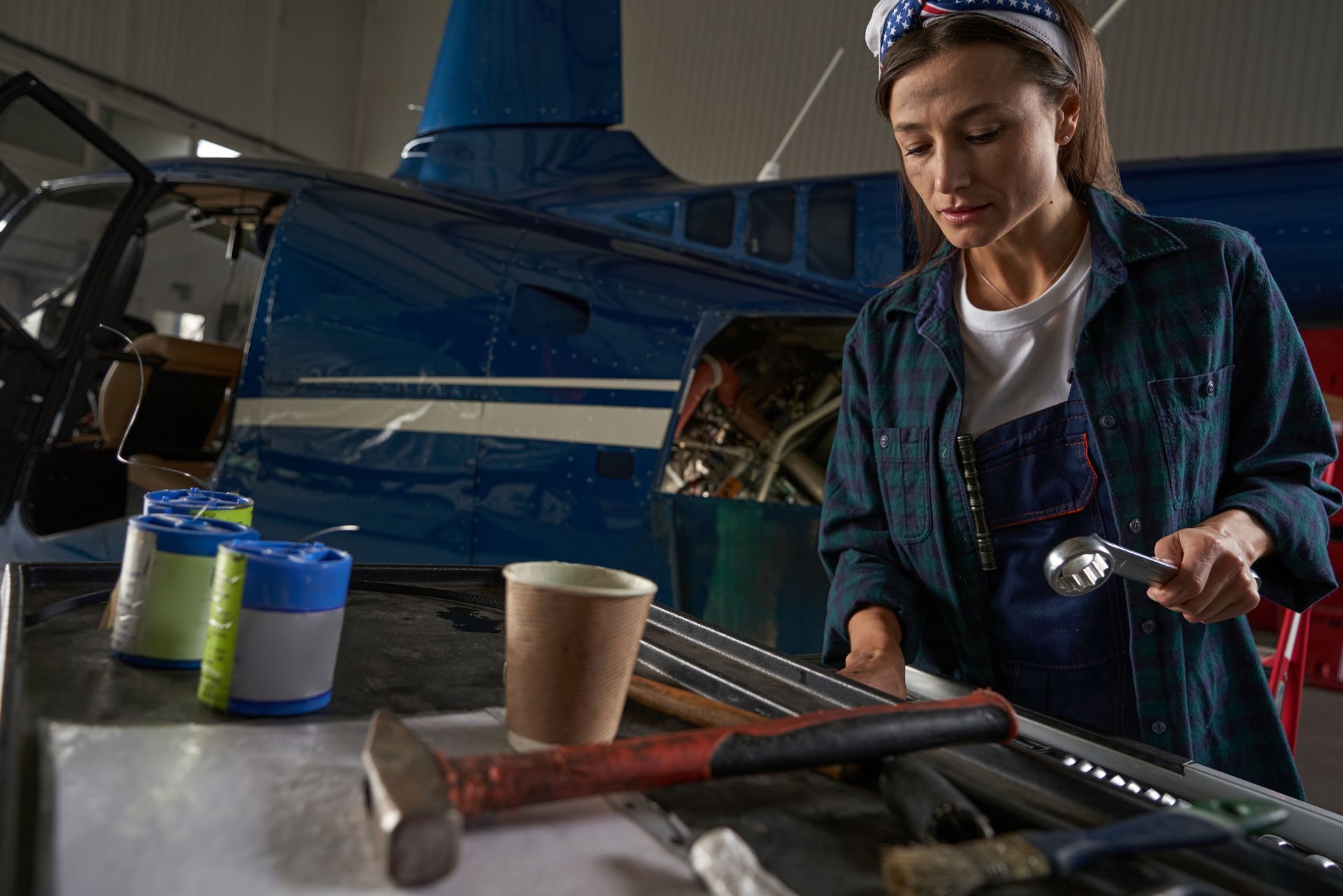
Factors Influencing Insurance Costs
The cost of insurance for aircraft HVAC technicians can vary significantly based on several factors. Understanding these factors can help technicians make informed decisions when selecting their insurance policies.
Experience and Training
Technicians with more experience and specialized training may find that their insurance premiums are lower. Insurers often view experienced professionals as less risky, as they are likely to have a better understanding of safety protocols and best practices. Continuous education and training can also positively impact insurance costs. Additionally, certifications from recognized industry organizations can further enhance a technician's profile, demonstrating a commitment to maintaining high standards in their work. This not only helps in reducing premiums but also builds trust with clients, potentially leading to more business opportunities.
Type of Coverage
The specific types of coverage selected will also influence insurance costs. For example, a technician who opts for comprehensive coverage, including general liability, professional liability, and workers' compensation, may pay more than someone who only chooses basic liability coverage. Assessing the risks involved in the specific work environment can help determine the right balance of coverage. Furthermore, technicians should consider endorsements or additional coverage options that might be beneficial, such as equipment coverage for tools and machinery, which can be costly to replace. Understanding the nuances of each type of coverage can empower technicians to tailor their policies to their unique needs, ensuring they are adequately protected without overpaying.
Business Size and Revenue
The size and revenue of the business can also play a role in determining insurance premiums. Larger businesses with higher revenue may face higher premiums due to the increased risk and potential for larger claims. Conversely, smaller operations may benefit from lower rates, but they should still ensure they have adequate coverage to protect against potential liabilities. Additionally, insurers often take into account the number of employees and the scope of operations. A business that frequently takes on large contracts or works in high-risk environments may need to invest in more robust insurance solutions. As businesses grow, it is essential to regularly review and adjust insurance policies to align with evolving operations and ensure comprehensive protection against unforeseen events.
Choosing the Right Insurance Provider
Selecting the right insurance provider is a crucial step for aircraft HVAC technicians. The right provider will not only offer the necessary coverage but also provide excellent customer service and support. In the aviation industry, where precision and reliability are paramount, having an insurance partner that understands the unique risks associated with HVAC systems in aircraft can make all the difference in ensuring peace of mind while on the job.
Researching Providers
Before making a decision, it is important to research various insurance providers. Look for companies that specialize in coverage for aviation professionals or those with experience in insuring HVAC technicians. Reading reviews and testimonials can provide insights into the provider’s reputation and reliability. Additionally, consider reaching out to industry peers for recommendations, as firsthand experiences can often highlight the strengths and weaknesses of different insurers. Networking within professional associations or forums can also yield valuable information about which providers are well-regarded in the aviation community.
Comparing Quotes
Obtaining quotes from multiple insurance providers is essential. This allows technicians to compare coverage options, premiums, and terms. It’s important to not only focus on the cost but also on the extent of coverage provided. Sometimes, a slightly higher premium may offer significantly better protection. When comparing quotes, look for additional benefits such as risk management services, which can help in minimizing potential claims. Some providers may also offer discounts for bundling policies or for maintaining a clean claims history, which can further influence the overall cost and value of the insurance package.
Understanding Policy Terms
Before signing any insurance policy, technicians should thoroughly read and understand the terms and conditions. Pay attention to exclusions, limits, and any specific requirements that may affect coverage. If there are any uncertainties, seeking clarification from the insurance agent is advisable to avoid surprises down the line. It’s also beneficial to inquire about the claims process, as understanding how to navigate a claim can save time and stress in the event of an incident. Furthermore, technicians should regularly review their policies to ensure that they remain adequate as their business evolves, especially if they expand their services or take on new types of projects that may introduce additional risks.
The Claims Process
Understanding the claims process is essential for aircraft HVAC technicians. In the event of an incident, knowing how to navigate the claims process can make a significant difference in how quickly and efficiently a claim is resolved. Familiarity with the steps involved not only helps in managing expectations but also empowers technicians to advocate effectively for their rights and interests during the claims process.
Reporting an Incident
When an incident occurs, the first step is to report it to the insurance provider as soon as possible. Most insurance companies have specific timelines for reporting claims, and delays can result in complications. Providing detailed information about the incident, including photographs and witness statements, can help expedite the process. It is also advisable to familiarize oneself with the specific reporting requirements of the insurance policy, as different providers may have varying protocols that need to be adhered to in order to avoid any potential pitfalls.
Documentation and Evidence
Gathering documentation is crucial when filing a claim. This includes invoices, receipts for repairs, and any relevant communication with clients or other parties involved. The more evidence provided, the stronger the claim will be. Insurers typically require thorough documentation to assess the validity of the claim. Additionally, keeping a detailed log of all communications related to the incident can be beneficial, as it provides a clear timeline and context that can support the claim. This log should include dates, times, and the names of individuals spoken to, which can be invaluable if any disputes arise during the claims process.
Follow-Up and Communication
After submitting a claim, maintaining open communication with the insurance provider is important. Following up regularly can help ensure that the claim is being processed and that any additional information needed is provided promptly. Being proactive can often lead to a smoother claims experience. It is also wise to ask for updates on the status of the claim and to clarify any points of confusion. Understanding the typical timelines for different stages of the claims process can help technicians set realistic expectations and reduce anxiety during what can often be a stressful time.
Moreover, establishing a good rapport with the claims adjuster can facilitate a more favorable outcome. Building a professional relationship based on transparency and cooperation can lead to a more efficient resolution of the claim. If issues arise, having a direct line of communication with the adjuster can make it easier to address concerns and negotiate any disputes that may come up during the evaluation of the claim. This proactive approach not only enhances the likelihood of a successful claim but also fosters trust and reliability between the technician and the insurance provider.
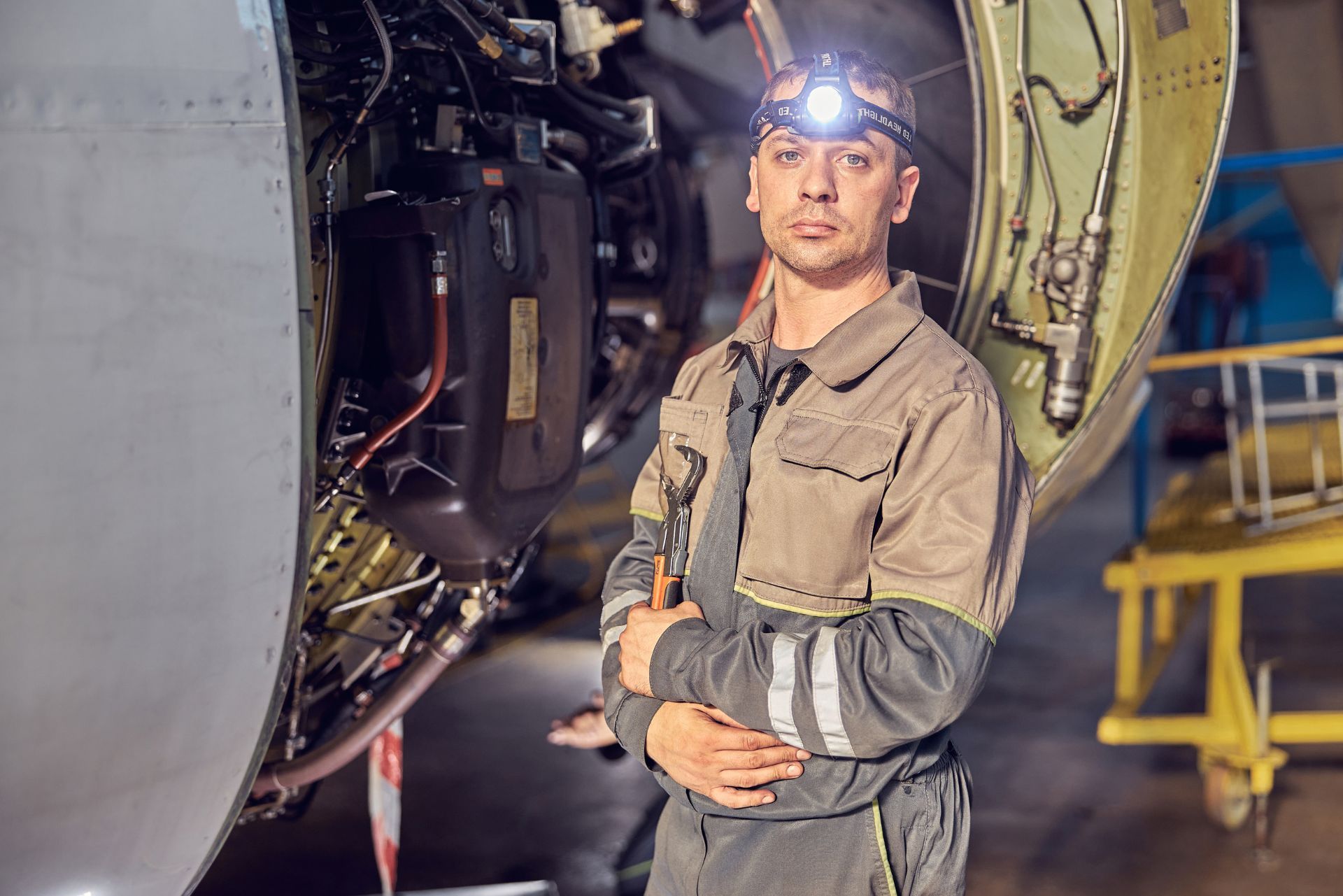
Common Risks Faced by Aircraft HVAC Technicians
Aircraft HVAC technicians face a variety of risks in their line of work. Understanding these risks can help in selecting the appropriate insurance coverage and implementing safety measures.
Physical Injuries
The physical nature of the job means that technicians are at risk for injuries, such as sprains, strains, and cuts. Working in confined spaces and at heights can also increase the likelihood of accidents. Proper training and safety protocols are essential to minimize these risks.
Equipment Malfunctions
Given the complexity of aircraft HVAC systems, there is always a risk of equipment malfunction. If a technician fails to identify a potential issue, it could lead to significant problems, including safety hazards for passengers and crew. Regular maintenance and thorough inspections are crucial in mitigating this risk.
Environmental Hazards
Technicians may also encounter environmental hazards, such as exposure to chemicals used in HVAC systems or working in extreme temperatures. Proper protective equipment and adherence to safety guidelines can help reduce the risk of health issues related to these hazards.
Compliance with industry regulations is essential for aircraft HVAC technicians. Failing to adhere to regulations can lead to legal issues and increased insurance costs.
Understanding FAA Regulations
The Federal Aviation Administration (FAA) sets forth regulations that govern the maintenance and operation of aircraft, including HVAC systems. Technicians must stay informed about these regulations to ensure compliance and avoid penalties. Regular training and updates can help technicians remain knowledgeable about any changes in regulations.
Documentation and Record-Keeping
Maintaining accurate records of all work performed is crucial for compliance. This includes documenting inspections, maintenance performed, and any incidents that may occur. Proper record-keeping not only helps in demonstrating compliance but can also be beneficial when filing insurance claims.
Continuing Education
Engaging in continuing education is vital for aircraft HVAC technicians. This not only helps in staying compliant with regulations but also enhances skills and knowledge. Many insurance providers may even offer discounts for technicians who participate in ongoing training programs.
The Future of Aircraft HVAC Technician Insurance
As the aviation industry continues to evolve, so too will the insurance needs of aircraft HVAC technicians. Emerging technologies and changing regulations will shape the landscape of insurance coverage in the coming years.
Impact of Technology
Advancements in technology, such as the integration of smart systems in aircraft HVAC, may lead to new risks and insurance needs. Technicians will need to stay updated on these technologies and their implications for safety and liability. Insurance providers may also develop specialized policies to address these emerging risks.
Regulatory Changes
As regulations evolve, technicians must adapt to ensure compliance. This may lead to changes in the types of insurance coverage needed. Staying informed about regulatory trends will be essential for technicians to maintain adequate protection.
Increased Focus on Safety
With a growing emphasis on safety in the aviation industry, insurance providers may place greater importance on risk management practices. Technicians who implement robust safety protocols may find that they qualify for lower premiums, reflecting their commitment to minimizing risks.
Conclusion
Aircraft HVAC technician insurance is a critical aspect of the profession, offering protection against various risks and liabilities. By understanding the importance of insurance, the types of coverage available, and the factors influencing costs, technicians can make informed decisions to safeguard their careers and livelihoods. As the industry continues to evolve, staying informed and proactive will be key to navigating the complexities of insurance and ensuring a successful career in aircraft HVAC.
Areas we serve

